Home Yard Wander/Wonder
“The place to observe nature is where you are.”– John Burroughs, Signs and Seasons
Peregrination is my word for the summer. On Sunday eve, Wes and I returned home from a family gathering on the Oregon coast. On Friday, we will head west again from Bend for the one-hundredth anniversary of the Oregon Institute of Marine Biology in Charleston. Before that? I was in the Wallowas of Northeast Oregon on the heels of a backpacking trip in Badger Creek Wilderness as part of research for the Oregon Wild series, “Every Wild Place Has a Story.” The list ticks on with attending a wedding celebration on Flathead Lake in Montana followed by backpacking in the Selway-Bitterroot Wilderness. Life is as full as the Supermoon Blue Moon of August 19th that yielded minus tide wonders of anemones, sea stars, mussels, barnacles, crabs, chitons, and tidepool sculpins.
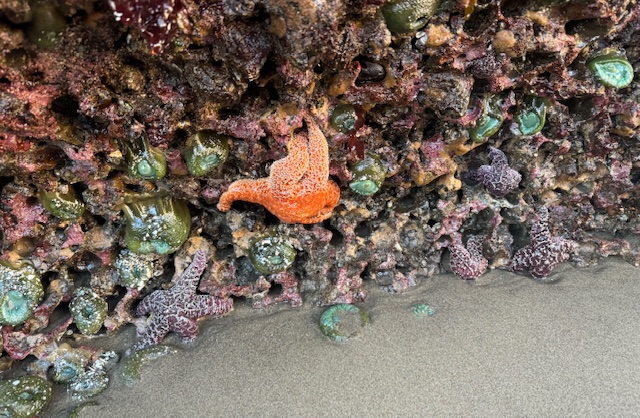
Meanwhile, our home front yard beckons with every tangle, tumble, blossom, leafing, seeding, bending, buckling, and tousled wild way of being. Yesterday on a cool clear day free of wildfire smoke, I dropped my to-do list and alternated between sitting still by the bird feeders jotting in my notebook and wandering with a slow step recording observations among our half-acre of native plants mingling with domestic varieties gone feral.
Despite drought and heat, most of our garden is faring well–with a little supplemental watering in places. When home, we also fill feeders and supply freshwater bird baths daily. When away, we offer water in a bucket filled with stones kept fresh with a dripping hose.
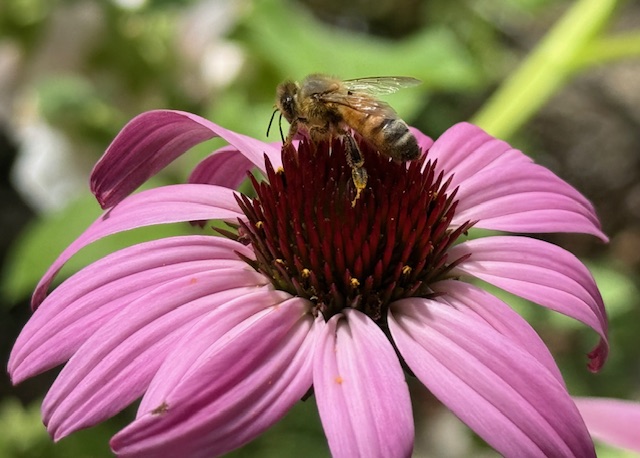
Our rewilding project began in 2017 (See Our Garden for Wildlife in Photos) with digging out old lawn, thistles and cheatgrass, adding soil, transplanting bunchgrasses, choosing native plants from Wintercreek Nursery, and sprinkling wildflower seed mixes. The additions merged with our existing native manzanita, ceanothus, and ponderosa, and non-native plants– from hollyhocks to lilacs and fruit trees.
Inspired by Doug Tallamy’s book Bringing Nature Home, I sought native plants that hosted the highest numbers of caterpillars. (I highly recommend using the Native Plant Finder Tallamy developed for National Wildlife). Wild strawberries are among the very best. Now they spread into a carpet among our milkweed (still waiting for monarch butterflies to find them).
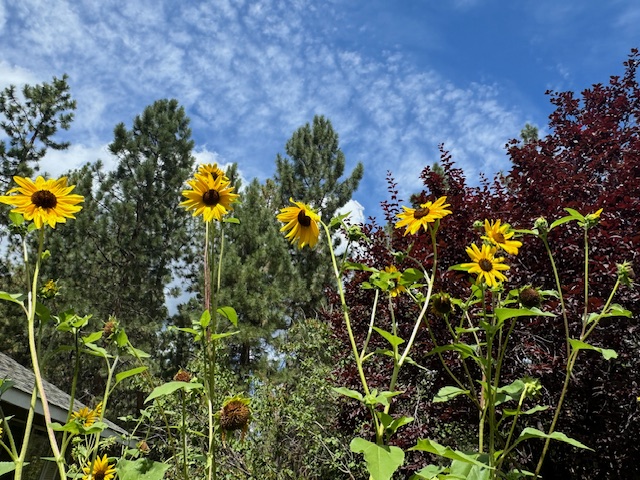
But here’s the rub. Some plants take over. Our yard brims with native goldenrods (just coming into bloom) purple asters (fall flowering), and evening primroses.In Spring, I dig up some to move or give away. Lupine, penstemon, blanketflowers, and brown-eyed Susans persist well too. Sunflowers (spread by birds) typically tower throughout the yard, but this year are coming up in two main patches.
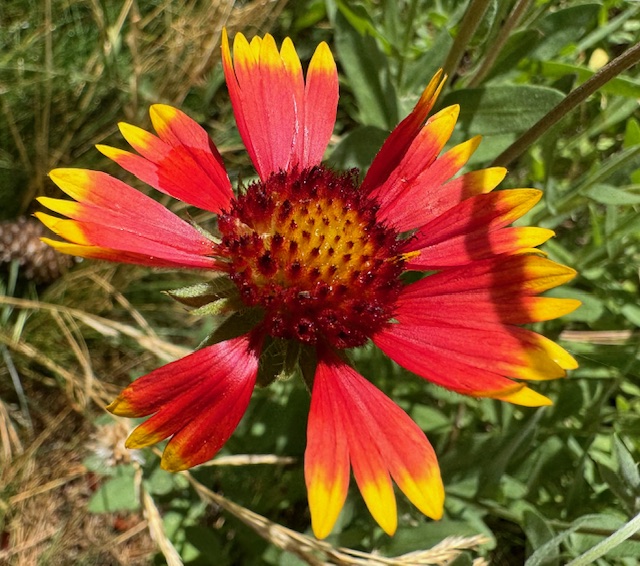
By our kitchen window –the lushest, shadiest nook–mock orange spilled fragrant late June blossoms above columbines, spirea, native mountain hollyhocks, and ferns. Hummingbirds sipped columbine nectar. Yesterday, the quail took cover there. Lesser goldfinches swayed on sunflower stems.
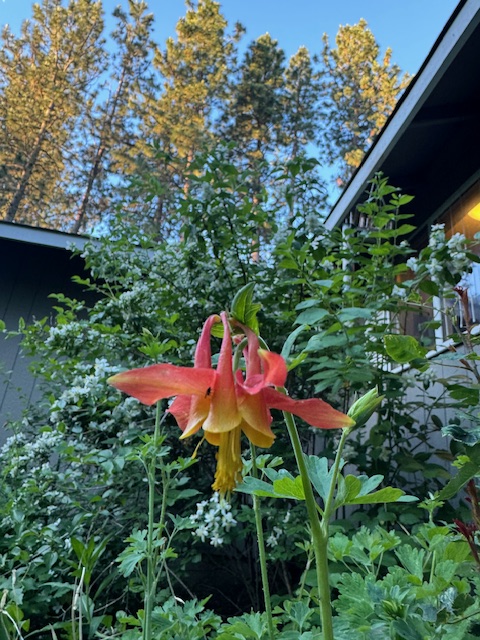
Our nemesis? Lawn grass! Pull. Yank. Pile. Sigh. Grumble. There’s always tending to be done. Some plants that I thought were flowers grow into unidentifable-to-me weeds with sticker seeds. Yet, in the tending there’s immersing in thickets among butterflies, bees, and songbirds. Sagebrush lizards scamper among lava rocks. So do chipmunks. Native gray squirrels and Douglas squirrels leap among trees. This year, a cottontail rabbit has found the garden. Sometimes, a Cooper’s hawk or sharp-shinned hawk drops in to hunt for a songbird meal.
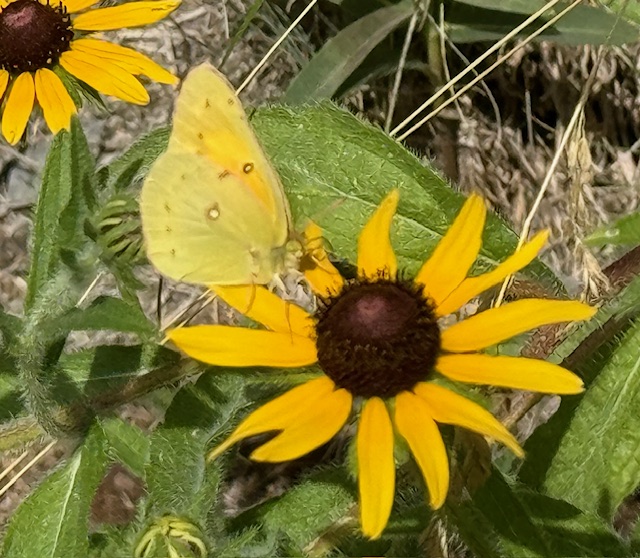
Wes and I measure rewards in the fledgling birds raised on the abundant insects and thriving with plentiful hiding places. Yesterday, I counted 16 young California quail with two watchful adults. Over the summer (between trips), we’ve witnessed juvenile hairy woodpeckers, juncos, mountain chickadees, lesser goldfinches, pygmy nuthatches, rufous hummingbirds, Anna’s hummingbirds, house finches, spotted towhees, and black-headed grosbeaks. Earlier this summer, I winced when observing a dark-headed junco struggling to feed not one but two cowbird chicks twice her size. They ran after her on the ground squeaking with beaks open. Relentless.
In this interlude between trips, I celebrate our wild tangled haven and all that is unkempt, untidy, and yet never undone. The secret lies in the joyful messiness of it all, as long as I keep pulling lawngrass. outside the gate.
I’ll end with gratitude to essayist John Burroughs whose writing continues to teach me the art of keen observation. (Note–the Wikipedia entry now lists my name and Halcyon Journey, In Search of the Belted Kingfisher on the official list of Burroughs Medal winners.).
Two more notes… First, check out Homegrown National Park to add your native plant, bird and pollinator yard to the system. Second, the audiobook of Halcyon Journey is 60 percent off right now for $8 with a bonus of two free audiobooks.
Please enjoy more photos from yesterday’s saunter, starting with the mama mule deer and her twin fawns–
“To find the universal elements enough; to find the air and the water exhilarating; to be refreshed by a morning walk or an evening saunter… to be thrilled by the stars at night; to be elated over a bird’s nest or a wildflower in spring – these are some of the rewards of the simple life.” — John Burroughs
The Art of Seeing Things
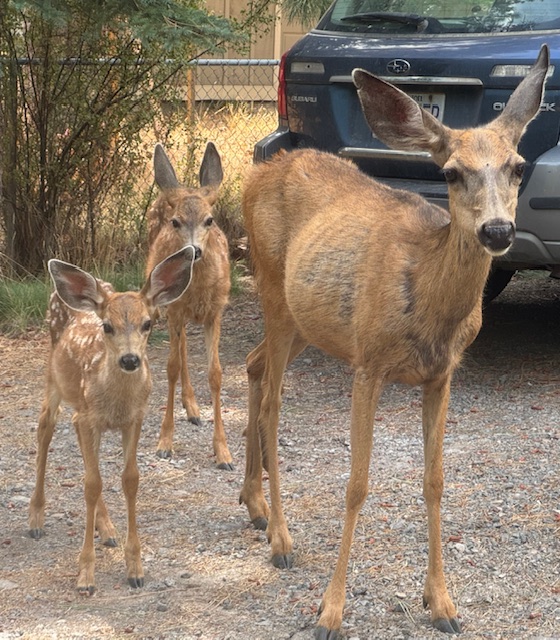
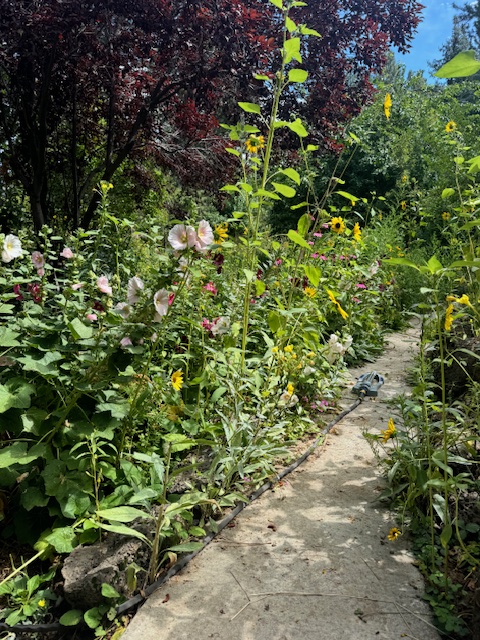
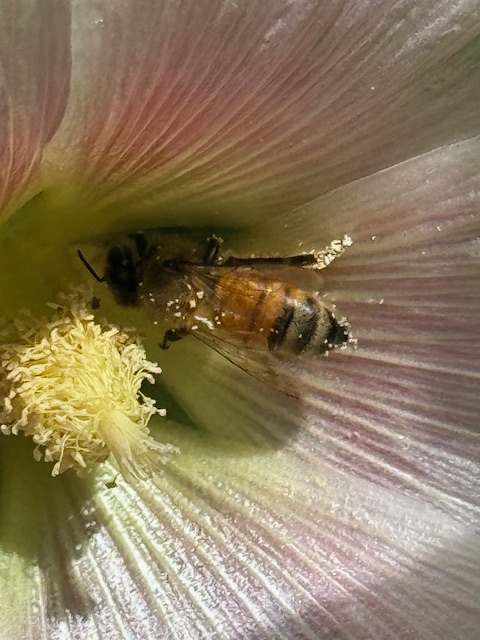
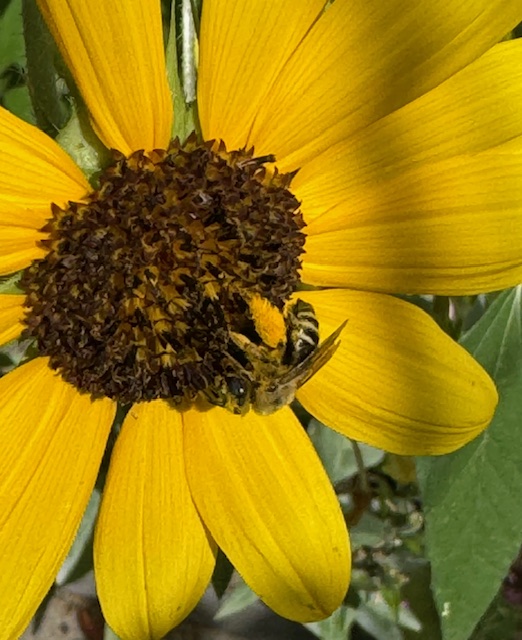
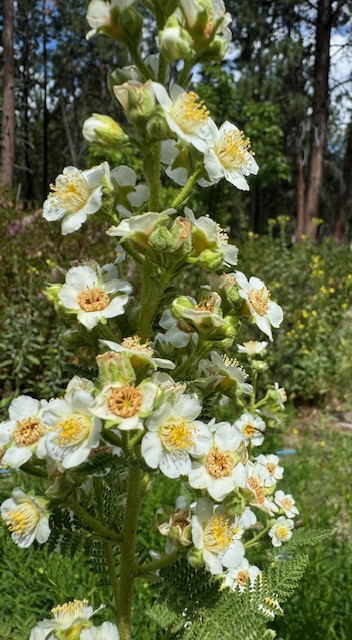
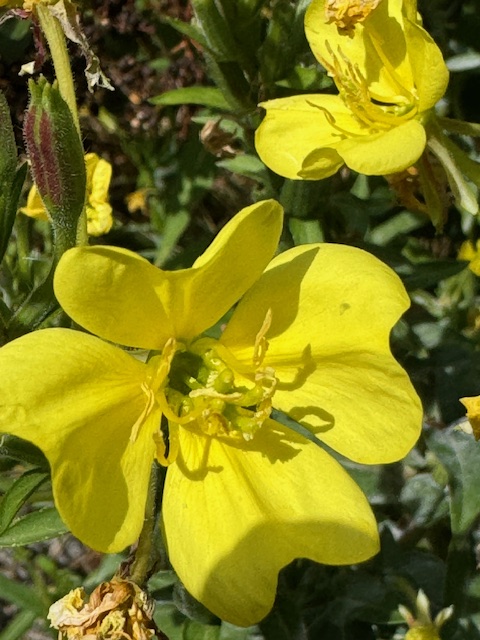
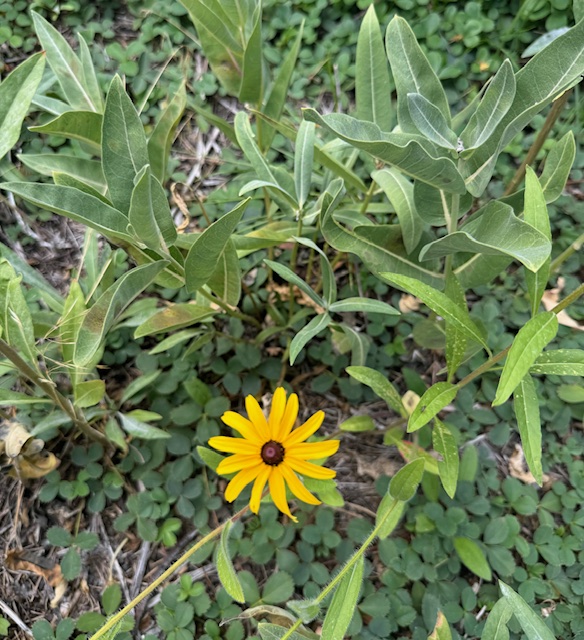
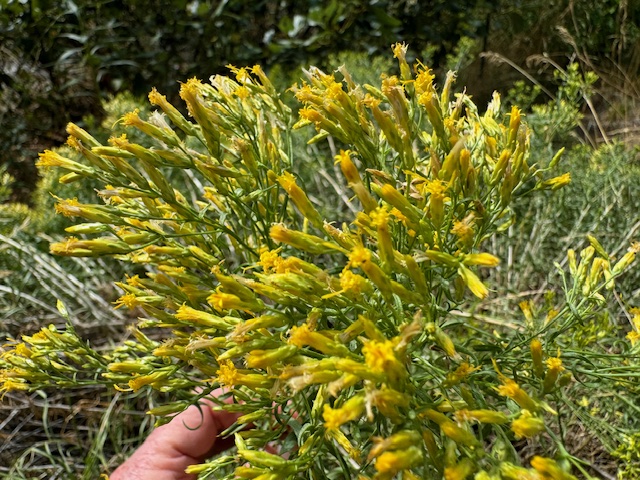
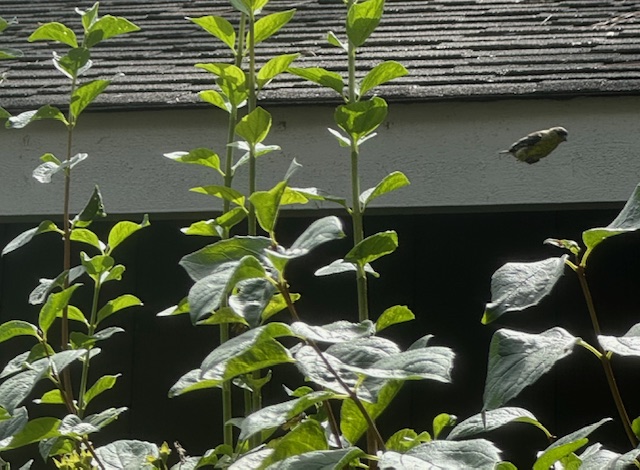
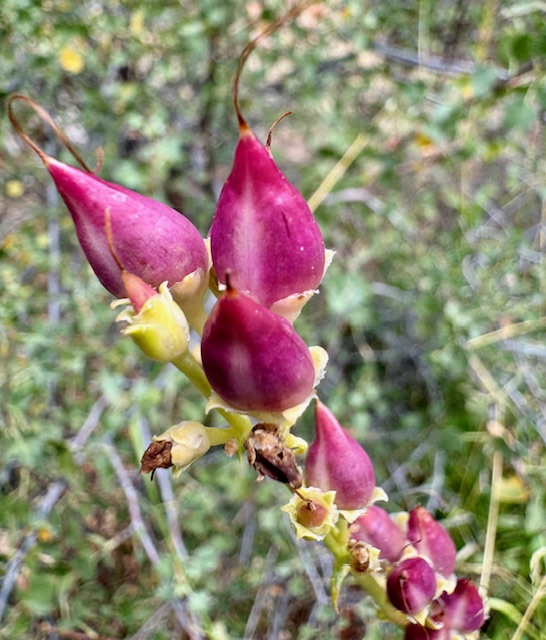
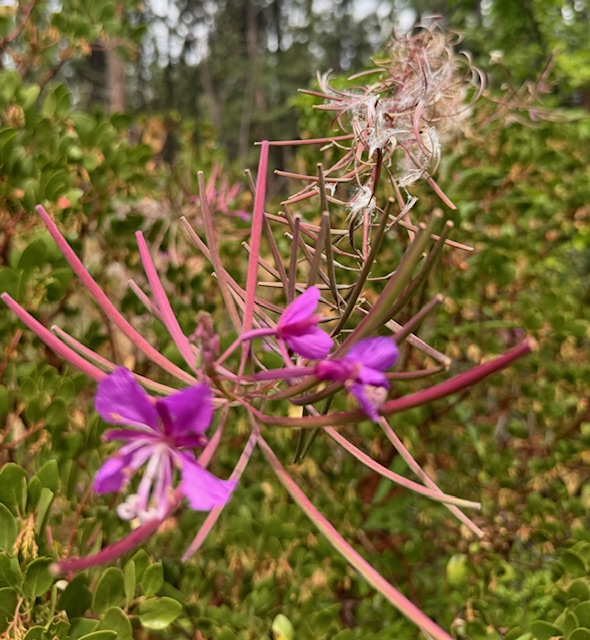
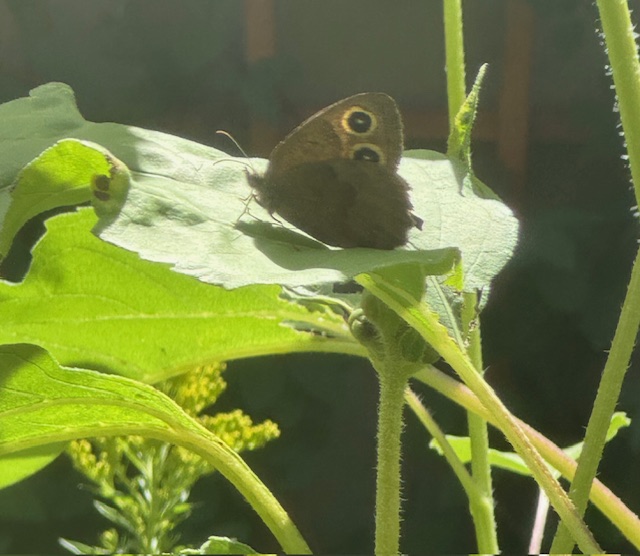
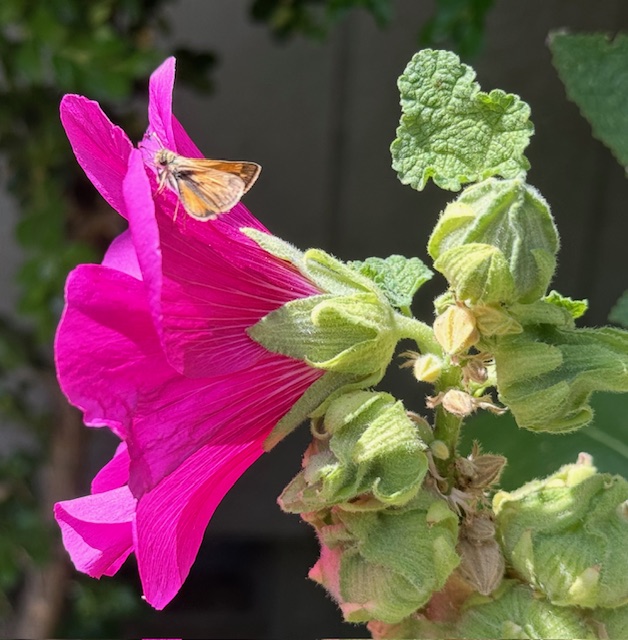
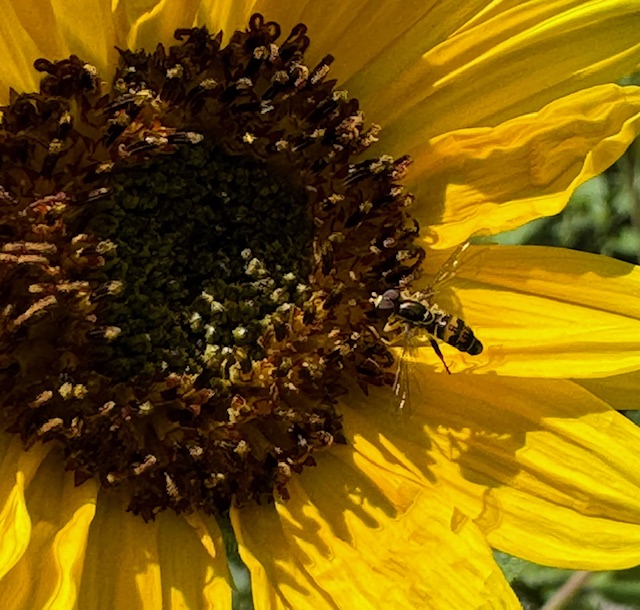
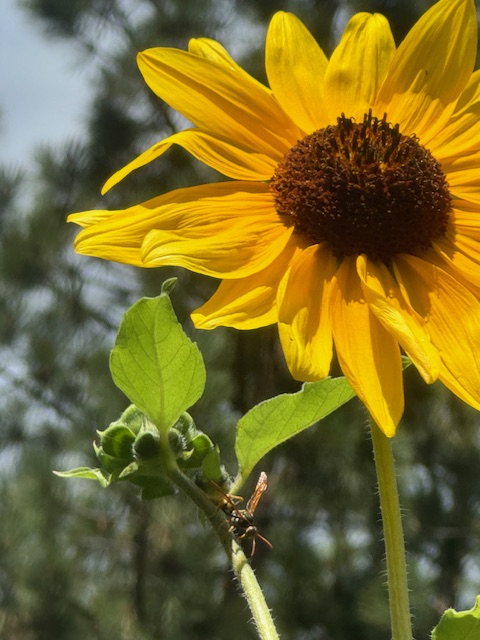
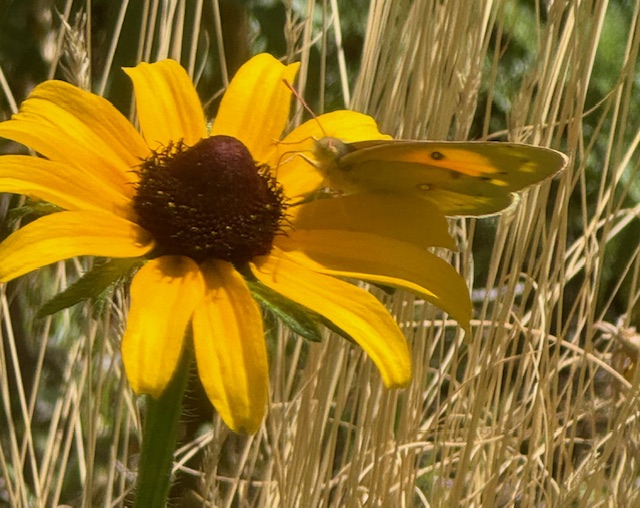
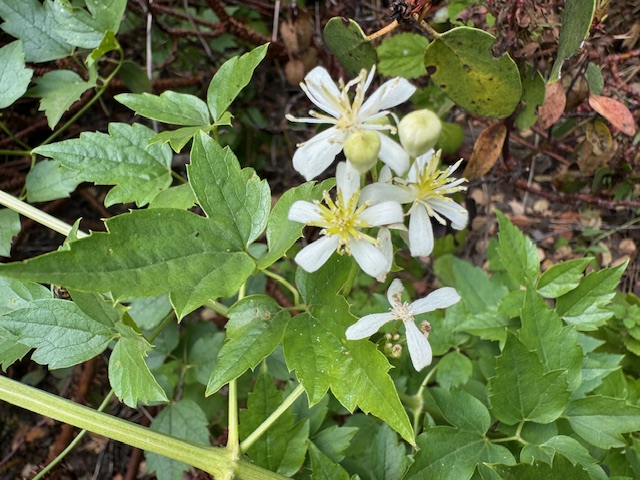
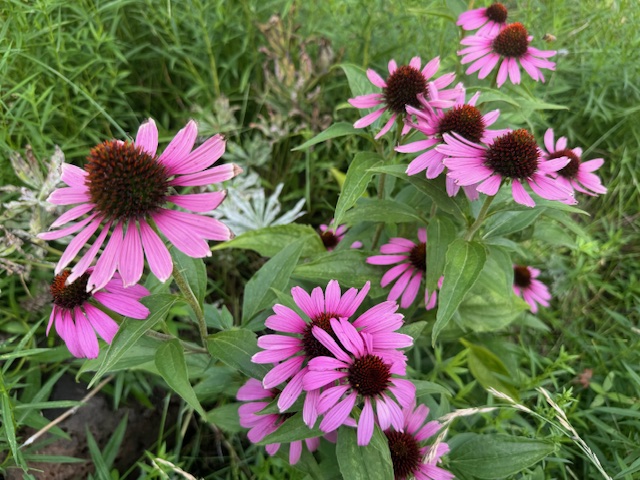
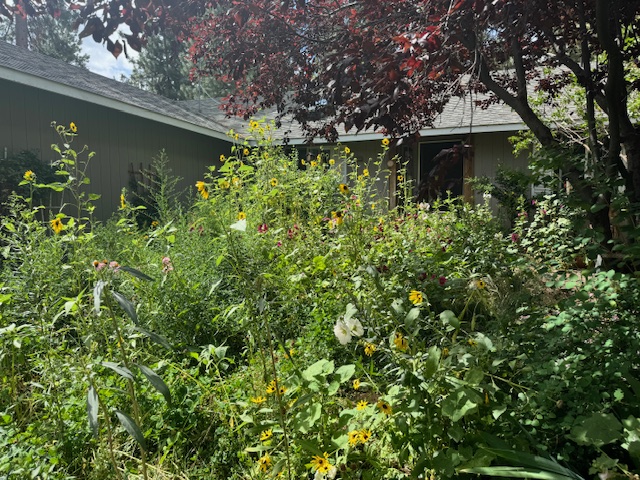
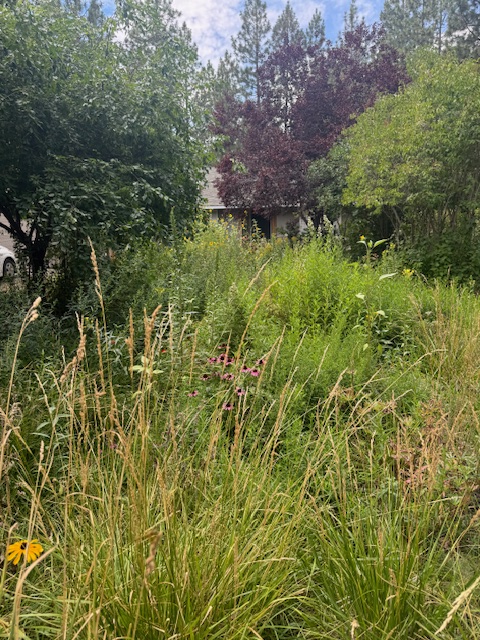
And a few friends,
And many books, both true.”- Abraham Cowley
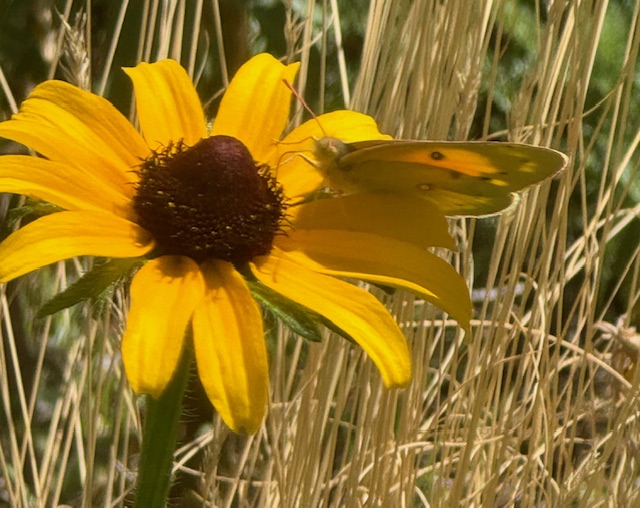
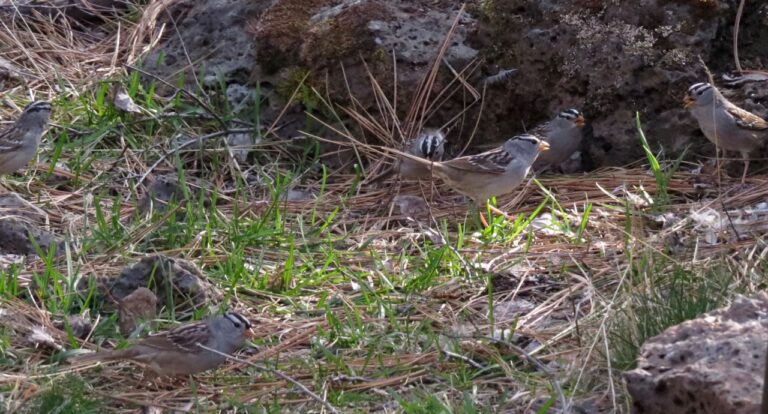
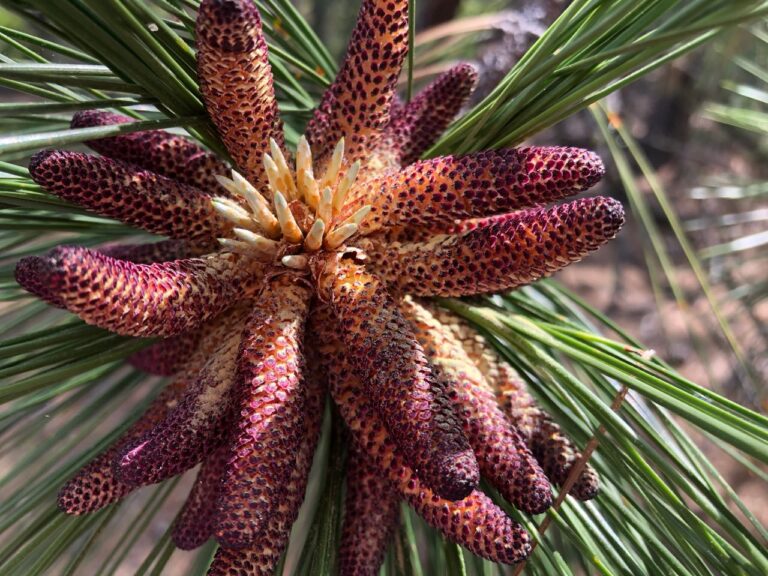
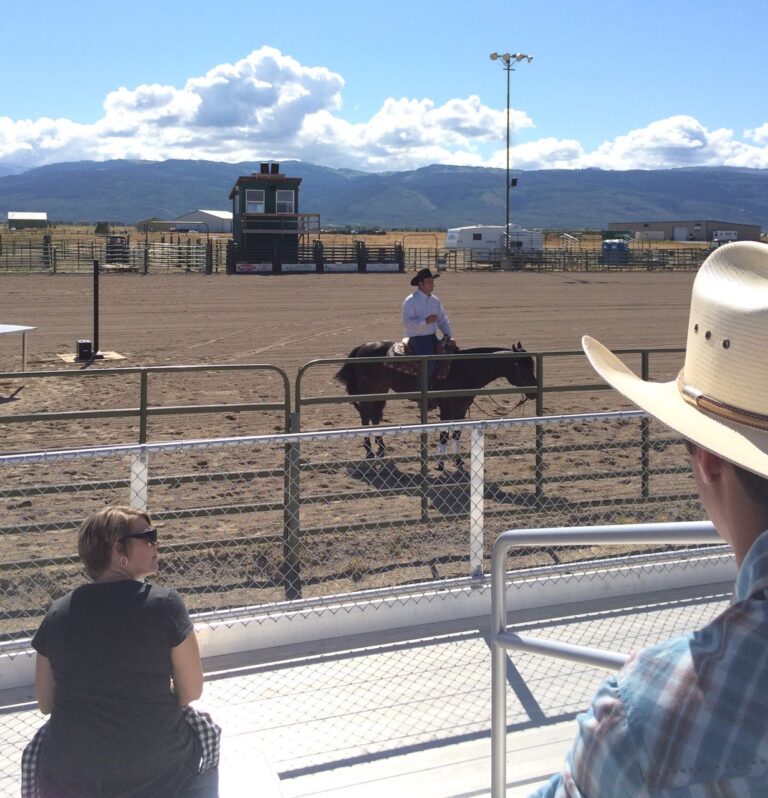
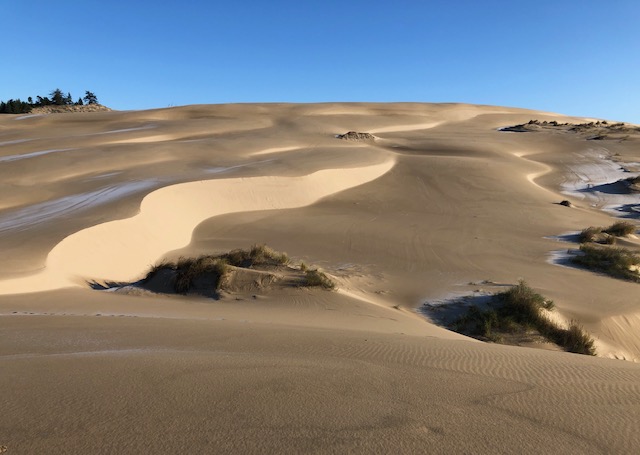
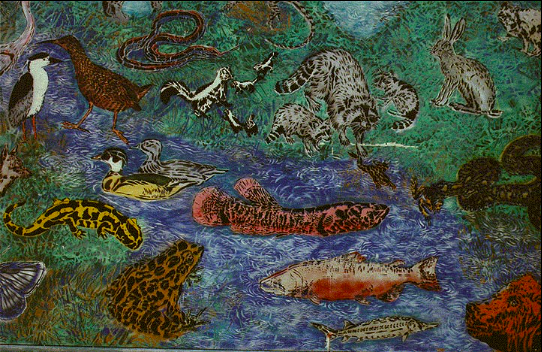
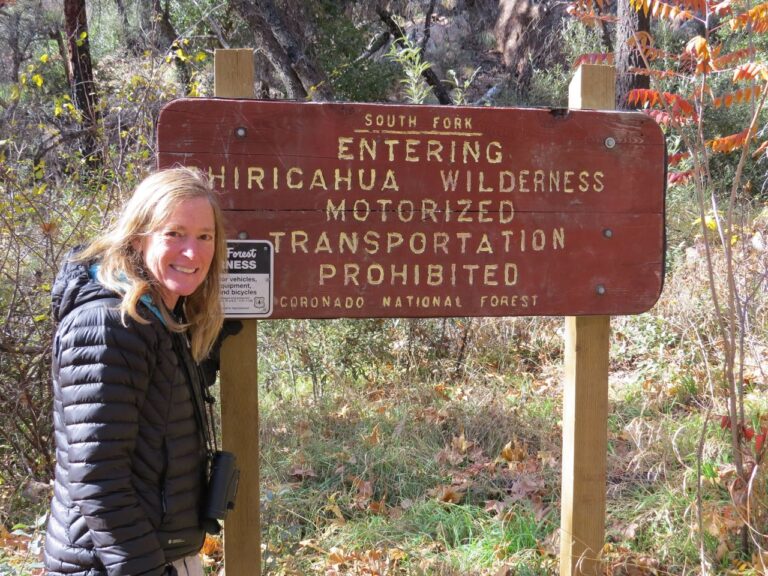
It’s amazing how much you can discover in your front yard. My little front yard garden gives me a piece of heaven to enjoy for 7 months. I need to expand it. More wildflowers are needed for sure.
❤️
Thanks for the wilded yard catchup ! Glad you got to stop by for visit 🙂
I love your “wild tangled haven”! Fabulous!
Leslie Davis Owner, Designer, Plantsperson, Writer Whole Gardens
Open Your Doors to Nature’s Beauty http://www.wholegardensnw.com
Sign up for Whole Gardens Mail and get your free e-book on landscape alternatives for more beauty and habitat with less work here. https://wholegardensnw.com/landscaping-alternatives-for-more-beauty-and-habitat-with-less-work/
So fun to walk through your garden with you and learn the names of so many plants and animals! Thank you for sharing the fruits of your labors.